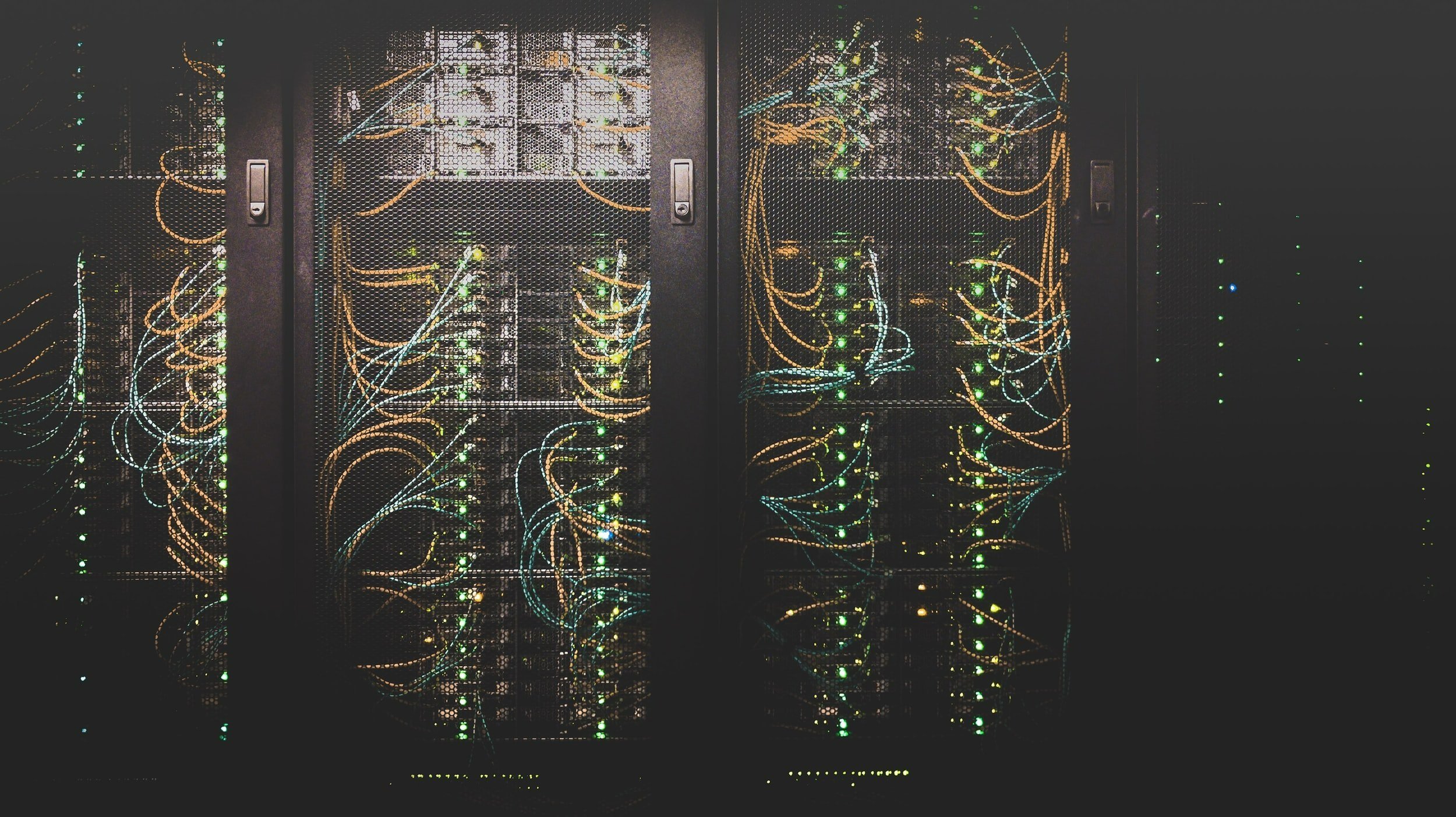
Blogs and Recent News
Everything and Anything that’s on the wire to disk and beyond

20GBPS PACKET CAPTURE
Finally our 20Gbps dual port 2x10G capture system is available! Its been quite a bit more work than expected as 30M Packets/Sec processing isn`t easy, but we`ve done it and open for orders.

20GBPS パケットキャプチャ
ついに弊社の20Gbpsデュアルポート 2x10Gキャプチャシステムが利用可能になりました! 30M パケット/秒処理は簡単ではないので想定よりも多くの作業が発生しましたが、ついに完成し注文可能となりました。

NETWORK ARCHITECTURE TO CAPTURE PACKETS
Packet capture is good and all, but how exactly do you capture packets on a network ? There`s a range of approaches from Layer1 optical TAP`s to Smart SPAN protocols and everything in between. We dig into the various Pro`s and Con`s of each approach.

パケットキャプチャのネットワークアーキテクチャ
パケットキャプチャはとても便利ですが、あなたは具体的にネットワークのパケットをどのようにキャプチャしたいですか?レイヤ1光学タップからスマートSPANプロトコルやその中間といった様々なアプローチがあります。私達はそれぞれのアプローチに対する長所・短所を分析してみました。
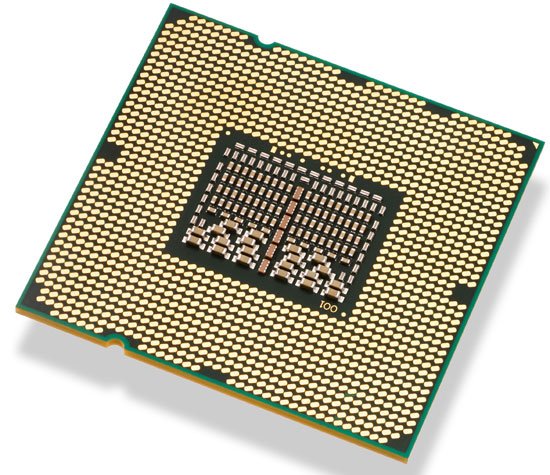
HOW TO VERIFY INTEL CPU IS GENUINE
All our production inventory is purchased via our trusted partners but for a R&D project we received not 1 but 2 fake CPU`s from Amazon.com. Still can`t believe it, especially since its not some random 3rd party seller but the seller was Amazon itself!

LONG RUN SUSTAINED CAPTURE RATES
Our FMADIO10 and FMADIO20 products are unique by operating in a hybrid SSD / HDD mode. However the lower HDD sustained throughput reduces the sustained capture rate when used in continuous high bandwidth 24H / 7 capture mode. We dig deeper and understand what’s happening under the hood for long run capture and what the system limitations are.
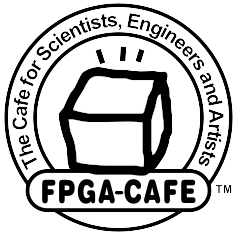
FPGA WITH YOUR COFFEE?
Its an often used cliche "only in Japan" do you get XYZ, usually some sort of outrageous TV show, strange food or something worse. I`ve been here in Tokyo for long enough that nothing really surprises me these days but once in a while you find something that's pretty cool.
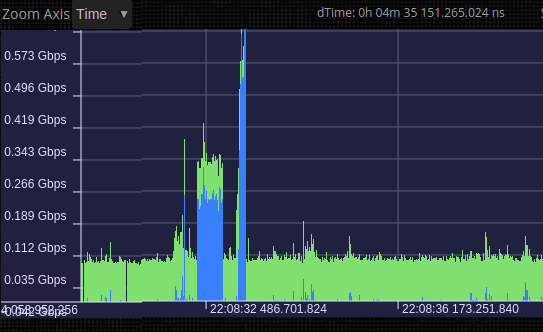
マイクロバースト解析
ネットワークマイクロバースト解析は問題のトラブルシューティング、ネットワークフローの理解、スループット/待ち時間の最適化という全てのネットワークトポロジーにとって重要です。FMADIO製品は強力な内臓マイクロバースト解析機を含み、あなたのマイクロバーストに対する疑問に答えるお手伝いをします。

ANALYZING MICROBURSTS
Network microburst analysis is important for all network topologies to trouble shoot problems, understand network flow and optimization throughput/latency. FMADIO products have a powerful builtin microburst analyzer to assist and answer any microburst questions you can ask.

SSD PERFORMANCE REVIEW
After months of slaving away, problem after problem finally, yes finally! fmadio40 the 1x40G or 4x10G line rate packet capture system gets its first demo in RL (real life). There`s a lot of info on the blog about the system but its completely different when your there talking with a real live person about what’s great, what’s ok and what sucks.
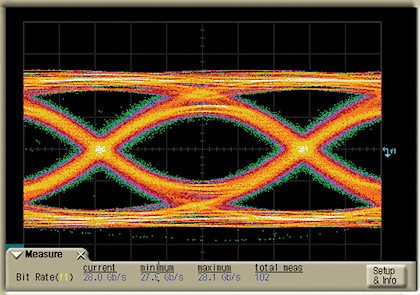
WHAT IS 10GBIT LINE RATE?
Often in networking technology circles we hear the term "line rate" such as "10Gbit line rate" which roughly translates to network traffic at the maximum capacity and in this case at 10Gbit/second. While it sounds clear, the actual data transfer rate can be a bit non-intuitive.

10GBPS ラインレートとは?
ネットワーキングテクノロジーサークルでは良く「10Gbpsラインレート」のような「ラインレート」という用語を耳にします。これは簡単に言うとネットワークトラフィックの最大容量で、この場合10Gbit/秒になります。簡単に聞こえますが実際のデータ転送レートについてはちょっと分かりづらいです。

SCRIPT INTEGRATION FOR PACKET ANALYSIS
Good cost effective full line rate packet sniffers are great, but by them self aren`t all that helpful. The power of packet capture is when its coupled with analyzer software, such as opensource tools like Snort or Suricata, our opensource tools or your customized analysis software. We understand this and our device has exceptional integration that's easy, simple, and enables you to go from 0 to 100 within your existing infrastructure in no time flat.

GPS PULSE PER SECOND ACCURACY
The accuracy of 1PPS otherwise known as 1 Pulse per second is quite an interesting topic. We discussed how our 40G packet sniffer system calculated extreme nano accuracy time before, what’s missing is how accurate our 10G packet sniffer can synchronize UTC world time using the onboard GPS PPS signal that’s included with every system.

PACKET ANALZYER
Packet sniffers are great (especially ours :) but a 100TB of packet captures is pretty useless without any tools for analysis. We understand this and are building up a small suite of packet analyzers that anyone can use. Better yet its fully open source on GitHub and starts with a tools to analyze packet latency.

SUPERMICRO SERIAL PORT KVM
One of the great thing about server motherboards is their remote KVM functionality, IPMI interfaces and general ability to run head-less. We use Supermicro boards which have a full featured graphical Java based KVM client you can run from a browser, which is cool. But sometimes in restrictive network topologies its would be simpler and easier to SSH into the serial port.

BUILDING ROCK SOLID PACKET CAPTURE
Hacking together a 10G packet capture system from parts is pretty easy these days, yet making that system absolutely rock solid is a completely different ball game. We`ve spent so much time fixing the 1 in 1000 type of errors which is time consuming and painful but absolutely critical to creating a rock solid packet capture system.

FILTERING PACKET CAPTURES
Ever spent hours waiting for a capture to download when all you want is a few MB worth of packets? Or spent hours waiting for Wireshark to load and process a PCAP file ? We certainly have, and it totally sucks ass. Your either running "needle in a haystack" network troubleshooting or deep dive packet analytics. In both cases its more efficient to download only parts of the data for analysis as working with 100GB+ PCAP files can stretch and break many tools.

PACKET CAPTURE DATA INTEGRITY
Sadly most network packet capture systems like to talk about how shiny fast their capture rate is or the huge amount of CPU/RAM/IO/X the system has. But how often do they discuss reliability of stored captured data? after all what’s the point of capturing all this data only to have it bit-rot away?

HIGHLY ACCURATE PPS CLOCK SYNCHRONIZATION
Pulse per Second (PPS), Stratum 3 oscillators, nanoseconds, picoseconds, femtosecond? sounds like a particle physics experiment? Not quite particle physics but not that far off as 40Gbit and 100Gbit data rates are getting seriously insane and clients appetite for extreme time accuracy continues. The primary problem is simple, how do you keep highly accurate(Stratum 3) and high resolution(1ns) time to stamp on each and every packet?
